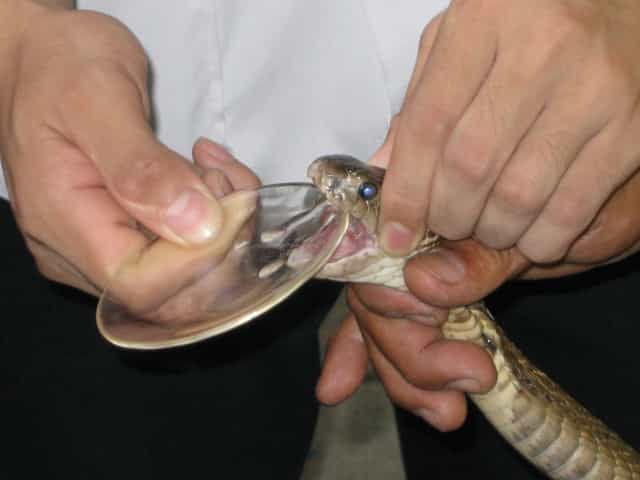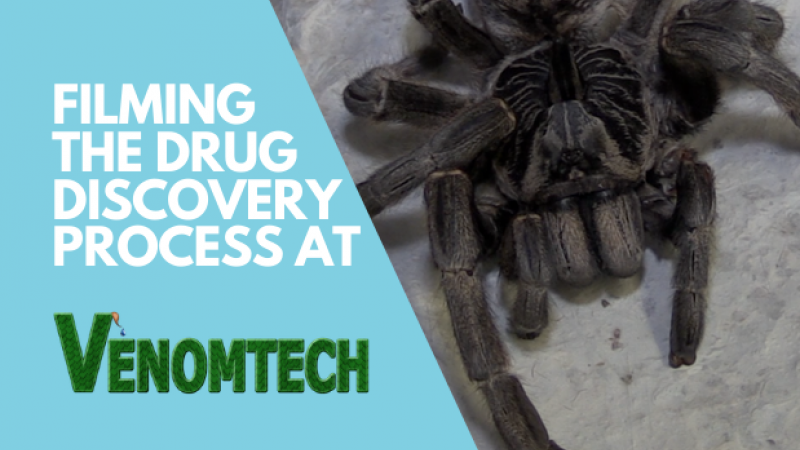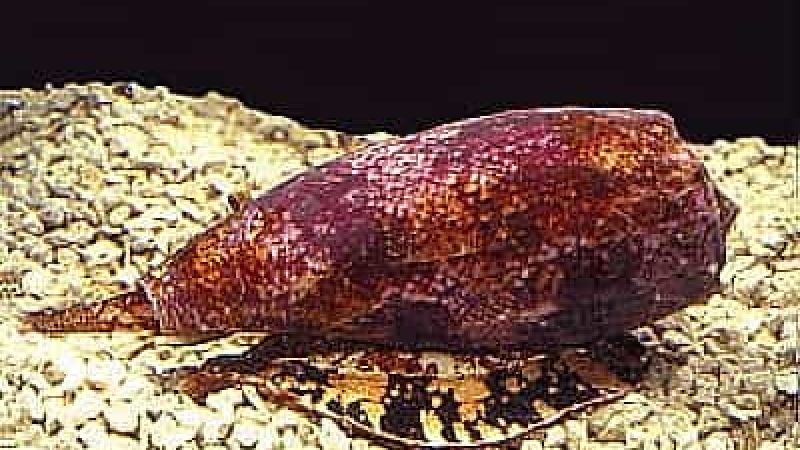
 The latest post in the UAR staff blog is written by our Education Project Officer, Stuart Rogers, on the surprising medical benefits of some of the world's deadliest concoctions.
The latest post in the UAR staff blog is written by our Education Project Officer, Stuart Rogers, on the surprising medical benefits of some of the world's deadliest concoctions.
The Deathstalker Scorpion (yes, that’s its actual name) is found roaming across North Africa and the Middle East. It may only be a modest 7 centimetres in length, but this animal more than deserves its ominous title.
If you are unfortunate enough to be stung by this marauding creature you can look forward to what is described by victims as “mind splitting pain” and possible death caused by pulmonary edema; whereby your lungs to fill with water until you ultimately drown in your own body fluid.
Sounds fun, right?
Before you start posting frantically on Reddit demanding the global extermination of this eight limbed nightmare you may be surprised to learn that the medical community is studying the Deathstalker Scorpion with the hope of finding cures and treatments for a range of diseases.
Recently a materials scientist, Miqin Zhang and her research team, at the University of Washington, showed that a certain compound found within the venom of the Scorpion could help in the treatment of brain cancers like Glioma. In this study published in the monthly journal ACS nano, Zhang showed a way to use this component of the venom called Chlorotoxin.
In the current treatment process of gene therapy, doctors inject small pieces of healthy DNA that are attached to nanoparticles. These move toward the tumour site to replace and repair the cancer-causing gene mutations.
The problem is that many of the substances currently used for delivery either don't deliver the genes efficiently or have potentially harmful side effects. In tests on mice, researchers demonstrated that their venom-based nanoparticles can induce nearly twice the amount of gene expression in brain cancer cells as nanoparticles that do not contain the venom ingredient.
This is just one example of a whole new field of research which can turn one of the most terrifying weapons of nature on its head. Snake bites alone kill at least 50,000 people a year, however it is possible that venom can be used to save more human lives than it ends.

Venom has been refined over millions of years, evolving independently over and over again in different species. The result of this is a mix of proteins and peptides that is as diverse as it is deadly, and lacks no creativity in how it will send you to your maker.
In each venomous bite or sting dozens of toxins can be released. Some affect the nervous system - paralyzing by blocking messages between nerves and muscle, some kill by clotting blood and stopping the heart and others by preventing clotting and triggering a killer bleed from the bite wound itself. Some even causes Necrosis (cell death) of your skins tissue, literally causing your skin to fall off.
Charming.
However, this spectrum of venom’s killing methods translates into a diverse range of medical applications and is currently being used to look into treatments and cures for an ever growing list of list of diseases and conditions. A whole host of venomous animals are being studied in this emerging field, from cone snails to snakes.
Another avenue of venom based research is using it as a tool to understand more about how cells work.
Due to the specific metabolic pathways in cells that venom is known to inhibit, venom can be used to learn more about how certain biological mechanisms function. For example the venom of the Peruvian green-velvet tarantula has recently been employed to modify ion channels within cells in studies at the University of Pennsylvania, Philadelphia.
Armed with this information researchers will be able to design drugs that specifically alter the metabolic processes of cells with the aim of derailing human and treating various diseases.
It is hard to think of a better case of real world irony when it comes to turning the nature of venom on its head.
Stuart Rogers
Education Project Officer
Last edited: 6 April 2022 10:04



